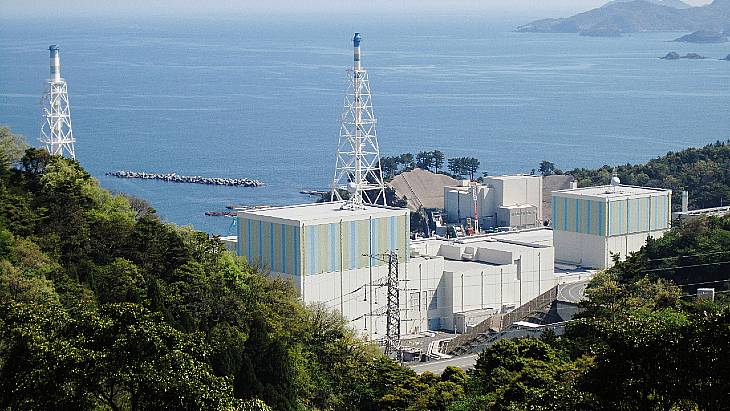Speaking at a prefectural assembly meeting on 2 June, Shimane Governor Tatsuya Maruyama was cited by the Kyodo news agency as saying "I understand that (nuclear power) plays a certain role" in Japan's energy policy. He added: "I thought that restarting is inevitable at present, so I decided to accept it." The Asahi Shimbun reported that Maruyama noted that "if the reactor does not restart, the impact on the local economy will be huge."
Revised regulations were announced by Japan's Nuclear Regulation Authority (NRA) in July 2013, which must be met before reactors can receive permission to restart. These set out requirements for plants to be able to respond to a variety of natural phenomena as well as establish new measures to mitigate the effects of severe accidents, such as reactor core damage caused by beyond design basis events. Chugoku applied to the NRA in December 2013 for inspections to verify whether measures taken at Shimane unit 2 - which has been offline since 27 January 2012 - meet the new safety standards.
Chugoku has constructed a 15-metre-high sea wall to protect the plant from tsunamis and made preparations for a potential eruption of the Mount Sanbe volcano. It aims to complete seismic reinforcement and other works for Shimane 2 by the end of February 2023.
In June 2021, the NRA approved a draft report finding that Shimane 2 meets the revised regulatory standards. The assessment of the unit was officially adopted in September after a public comment period and other procedures, clearing the way for it to resume operation, pending local consent. Shimane 2 became the 17th Japanese reactor to pass the regulator's safety screenings and the fifth BWR - the same type as those at the Fukushima Daiichi plant - to receive regulatory approval to restart.
In February this year, the city of Matsue, which hosts the plant, gave its consent for the unit to restart. The cities of Izumo, Yasugi and Unnan - all within 30 kilometres from the plant - have also agreed to its restart. The Shimane prefectural assembly had already decided on a policy to approve the restart, leaving the governor's approval the final consent required for the unit to resume operation.
The Japanese reactors restarted so far have been pressurised water reactors. Shimane 2 is likely to be the country's first BWR to be restarted.
Shimane unit 1 - a 460 MWe BWR that started commercial operation in March 1974 - is currently being decommissioned. In August 2018, Chugoku initiated the regulatory process for starting up Shimane 3, a new 1373 MWe advanced boiling water reactor nearing completion.






_91467.jpg)
_47120.jpg)
_16439.jpg)





